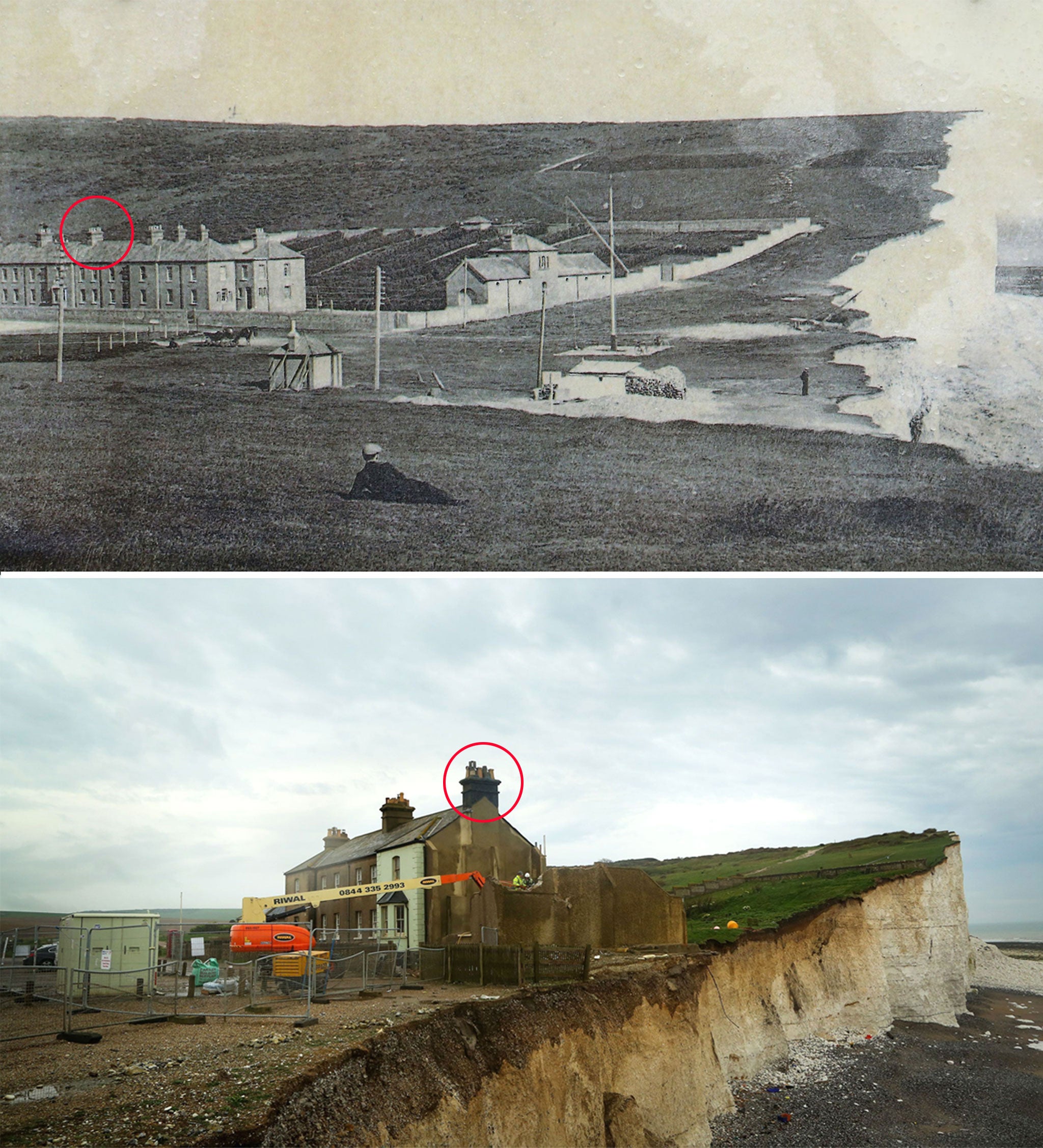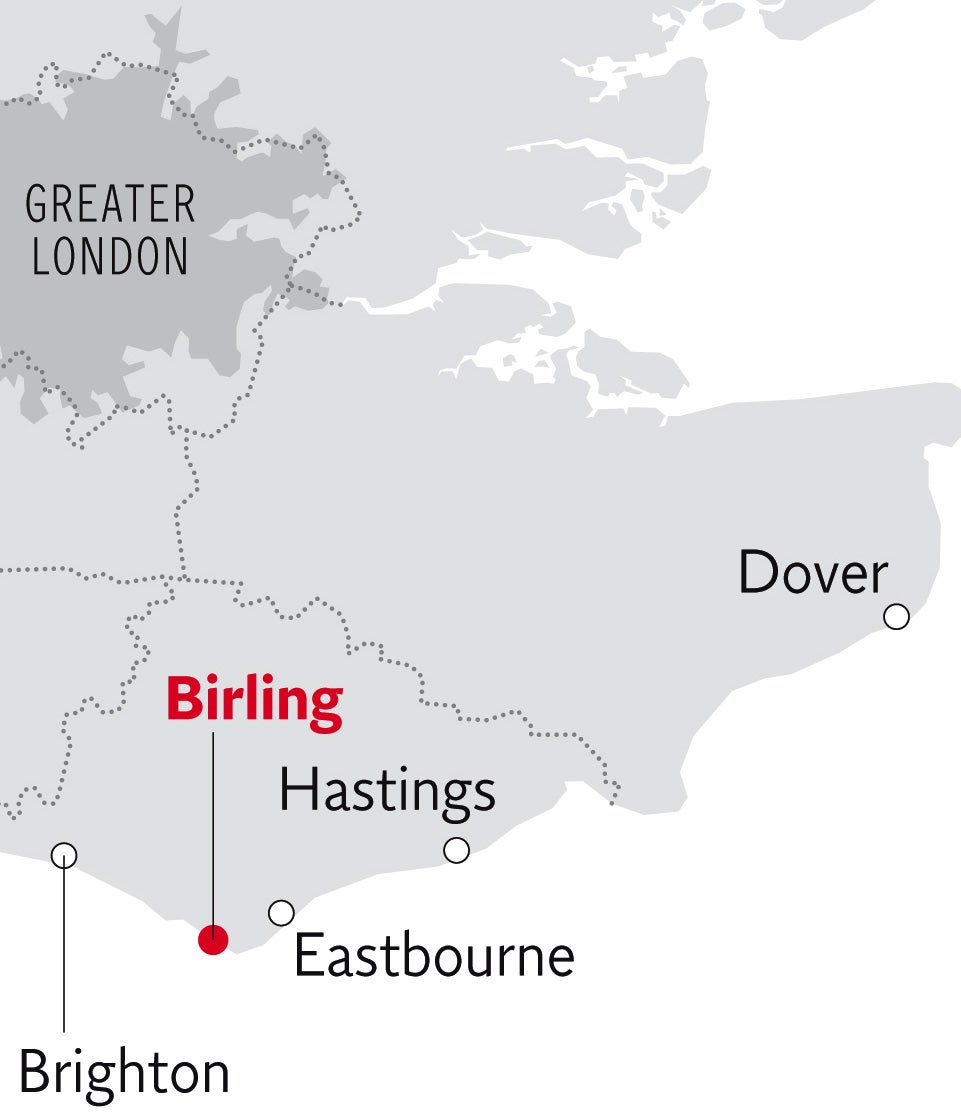The startling images that show the fast-paced erosion eating away at Britain's coastline
Former coastguard cottage left teetering on the edge of cliffs by coastal erosion

Your support helps us to tell the story
From reproductive rights to climate change to Big Tech, The Independent is on the ground when the story is developing. Whether it's investigating the financials of Elon Musk's pro-Trump PAC or producing our latest documentary, 'The A Word', which shines a light on the American women fighting for reproductive rights, we know how important it is to parse out the facts from the messaging.
At such a critical moment in US history, we need reporters on the ground. Your donation allows us to keep sending journalists to speak to both sides of the story.
The Independent is trusted by Americans across the entire political spectrum. And unlike many other quality news outlets, we choose not to lock Americans out of our reporting and analysis with paywalls. We believe quality journalism should be available to everyone, paid for by those who can afford it.
Your support makes all the difference.The black and white photograph, taken over a century ago, shows a row of seven terrace houses set well back from the sea in an idylic location atop the white chalk cliffs of England's south coast.
Fast-forward to this week and the scene at Birling Gap, near Eastbourne, East Sussex is quite different.
Instead of a picture-perfect postcard of peaceful coastal lifestyle, it is now a worrying example of the fast-paced erosion that is tearing up parts of the British coastline.
Photographs taken this week, in sharp contrast to an image of the row of houses taken in 1905, shows a cherry-picker removing the walls of a former coastguard cottage left teetering on the edge of cliffs.
Just six inches from the end of the cliff at Birling Gap the home has become the third victim of the encroaching sea. Two other properties were demolished in 1994 and in the early 2000s.
The homes, which were built for coastguards between 1800 and 1820, and have a remarkable view of the English Channel, are slowly being battered by weather as waves eat away at the ground they are built on.
The speed of erosion in the last four months in particular has been startling. At least three metres of cliff has been lost along that section of Birling Gap in the past four months, according to Wealden District Council.
The contractor carrying out the demolition of the cottage has said it is not be possible to allow it to fall away into the sea naturally because it is attached to other properties and would pose a danger to beach-goers below.

As the erosion has continued, a huge crack has opened up just yards from the cottages. The steps below which lead to the beach have also been closed off following recent collapses.
The RNLI have repeatedly warned walkers not to stand close to the ed of the cliffs after just last week two sightseers were pictured on the end of the cliff atop the crumbling chalk.
Winter storms have caused the kind of damage that the National Trust - which is responsible for this stretch of coastline - was not expecting for years to come.
The trust has previously warned that with more extreme weather predicted, the rate of change on Britain's coastline will speed up.
The National Trust owns more than 740 miles of coastline around England, Wales and Northern Ireland, around a tenth of the total coastline for the three countries.
Join our commenting forum
Join thought-provoking conversations, follow other Independent readers and see their replies
Comments